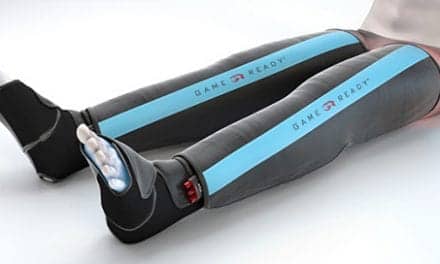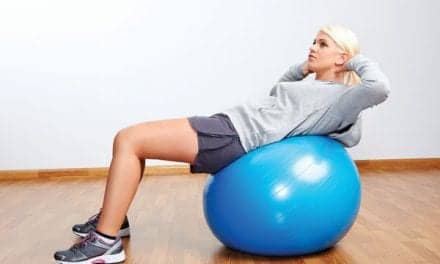By improving strategies for imaging lipedema, researchers hope to improve treatment and rehabilitation of the condition.
A collaboration between imaging science, vascular medicine, and rehabilitation at Vanderbilt University Medical Center have developed new methods for diagnosing and treating lipedema.
Lipedema is a debilitating, abnormal deposition of fatty tissue that afflicts an estimated 17 million women in the United States.
It is often mistaken for obesity, yet it does not respond to diet or exercise. In women, fat accumulation occurs mainly in the legs, causing them “a lot of pain and difficulty with their daily activities,” said Aaron Aday, MD, MSc, assistant professor of medicine.
“It’s a real thing,” said Aday, who specializes in vascular medicine. He says that many women have a hard time trying to find a diagnosis.
Rachelle Crescenzi, PhD, as a postdoctoral fellow in the Department of Radiology and Radiological Sciences at VUMC, began to apply imaging techniques to improve diagnosis.
Lipedema is a lymphatic system disorder that plays a major role in removing excess water (edema) from body tissues. Too much fluid in the heart can lead to heart failure.
Sodium (salt) helps regulate blood pressure and fluid volume. It is also a magnetic molecule and can be tracked by MRI.
With funding from the Lipedema Foundation, Crescenzi and her colleagues developed an MRI strategy to quantify sodium content and fatty subcutaneous adipose tissue (SAT) throughout the body. They found that sodium and SAT volumes were significantly elevated in patients’ legs, but not arms, compared to women without lipedema.
In 2021 Crescenzi received the first R01 (independent investigator grant) ever awarded for lipedema research by the National Institutes of Health.
Supported by the five-year, $2.5 million grant titled Visualizing vascular mechanisms of lipedema, Crescenzi established the Sodium Adipose and Lymphatics Translational (SALT) Lab, which evaluates various treatments and diagnostic modalities.
In particular, the researchers are looking at conservative physical therapy to relieve patients’ lipedema-related leg pain, weakness, and excess fluid, improve mobility and optimize their home self-management program.
The manual techniques used in therapy include manual lymphatic drainage massage, myofascial and soft tissue releases to relax contracted muscles and surrounding connective tissues, and graded negative pressure to expand and stretch tissue — all of which can improve lymphatic circulation.
Paula Donahue, PT, DPT, MBA, a Certified Lymphedema Therapist by the Lymphology Association of North America (CLT-LANA), is an assistant professor in the Department of Physical Medicine and Rehabilitation.
Working with Crescenzi’s team, they have shown that pain relief and improved function experienced by women with early lipedema after physical therapy correlated with reduced tissue sodium in the skin and SAT as measured by sodium and water MRI.
This proof-of-principle study, reported in August 2022 in the journal Lymphatic Research and Biology, showed that hands-on manual massage techniques helped patients feel better and acted directly on the source of their pain.
“It wasn’t thought that you could compress out any of the pathologic tissue in lipedema, that it was just fat,” said Crescenzi. “But it really is fat and edema. We think sodium is a marker of inflammation, and it reduces after therapy.”
MRI is expensive, so Crescenzi and her colleagues are testing whether a lower-cost diagnostic method, ultrasound, is as effective in quantifying the extent of abnormal salt and SAT accumulation.
They have also developed a technique called magnetic resonance lymph angiography to better understand the hallmark features of lipedema.
Photo 168138492 © Petia Stoycheva | Dreamstime.com





